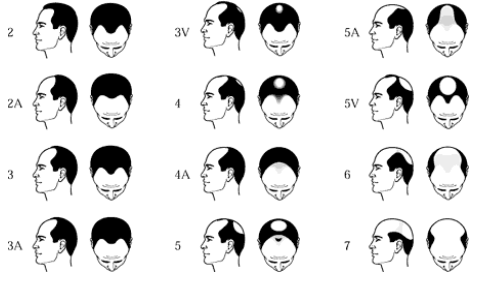Typical male pattern baldness is usually diagnosed based on the appearance and pattern of the hair loss, along with a detailed medical history, including questions about the prevalence of hair loss in your family.
An experienced dermatologist should examine the scalp under magnification (preferably with a device called a densitometer) to assess the degree of miniaturization of the hair follicles. This assessment is very important for recommending the proper course of treatment.
Some advertised clinics might recommend a costly hair analysis or a scalp biopsy to properly diagnose your hair loss. The only reason to have a hair analysis is to assess the possibility of poison-induced hair loss. A hair analysis may reveal substances such as arsenic or lead; however, hair loss caused by poisoning does not present itself in a typical male pattern. Learn more about male pattern baldness and how it differs from telogen effluvium.
You should avoid these clinics and seek the advice of a board-certified dermatologist who can properly examine you and help you treat your hair loss.
Norwood Scale
This chart of hair loss pictures is a useful tool for diagnosis (and to avoid misdiagnosis) and for describing the extent of hair loss for treatment purposes. There may be times you will have to relay this information via telephone or the Internet to physicians or practitioners from whom you are seeking information. Note that there are many variants in pattern hair loss; the images on the Norwood Scale have been cited as the most typical.

Published on March 1, 2010